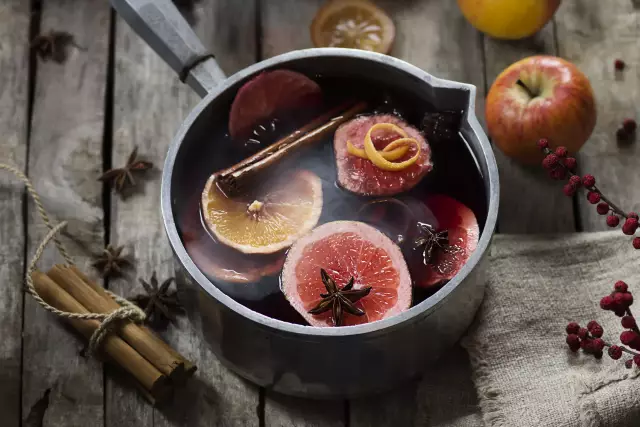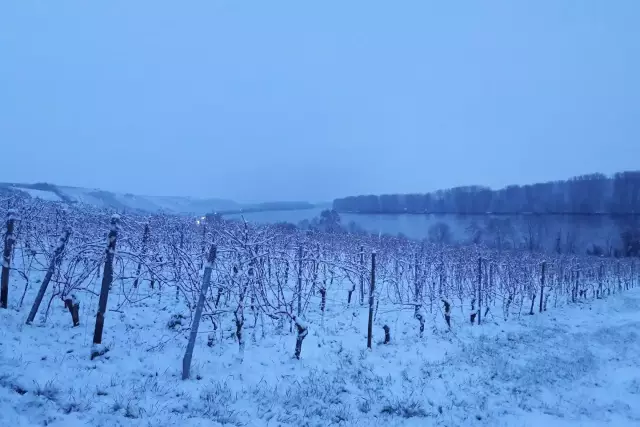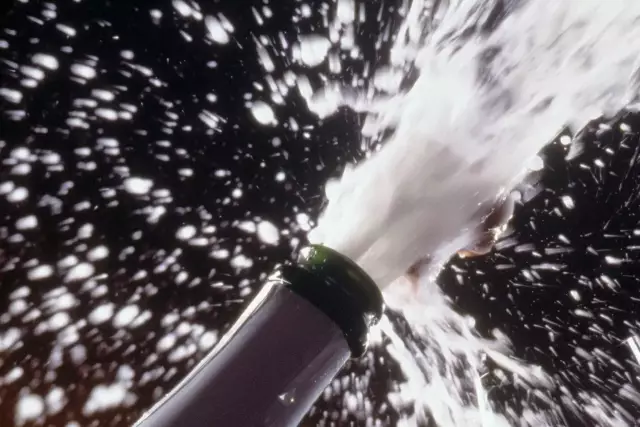Non-alcoholic wines and sparkling wines
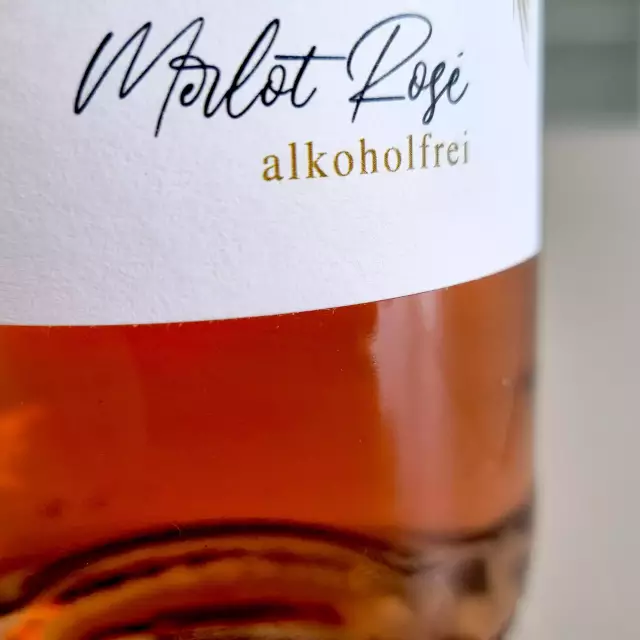
Although they are one of the smallest segments in the wine industry, the demand for dealcoholised wines is growing.
Facts
-
< 1%
Market share
-
15%
Awareness
-
< 0.5 % vol.
Alcohol
The range of dealcoholised wines and sparkling wines from wineries, winegrowers' cooperatives and commercial wineries has increased significantly in recent years. The taste of dealcoholised wines has also developed positively.
Number of producers on the riseA search for wine producers who offer alcohol-free wines, sparkling wines or secco now returns over 60 results (2022).Low level of awareness
Following the trend towards dealcoholised wines and sparkling wines, the market research institute Nielsen conducted a consumer survey on the consumption of dealcoholised wines and sparkling wines in spring 2020. 16,883 respondents from the Nielsen household panel were comparatively unaware that there is also wine without alcohol. Only 15 per cent of respondents were aware of non-alcoholic white wine, twelve per cent of the red and nine per cent of the rose-coloured alternative. Of these groups of people, around a quarter had already drunk the specified non-alcoholic type of wine. The level of awareness of non-alcoholic sparkling wines was significantly higher at 53 per cent. Almost two thirds of people who were familiar with non-alcoholic sparkling wines had already consumed them.Making alcohol-free wines
In order to produce alcohol-free wines, a wine must first be produced from which the alcohol is then removed. This is done by means of vacuum distillation.At a lower pressure, the boiling temperature of the liquid to be separated is reduced to up to 30 degrees so that the alcohol can be gently removed.
Alcohol-free wine therefore undergoes the same development stages as normal wine and still contains many of the original flavourings after alcohol reduction, but only has an alcohol content of 0.5% or less.
How do non-alcoholic wines taste?
According to the Nielsen study, some respondents stated that they were very reserved when it came to non-alcoholic wines, even though they had never consumed the products before. This may well be justified in view of the early production of alcohol-free products. Non-alcoholic wines were produced by removing the alcohol from the wine at elevated temperatures, as a result of which the wine lost a large part of its aromatic diversity. In recent years, non-alcoholic wines have developed significantly in terms of flavour thanks to the new production process. Bouquet varieties such as Sauvignon Blanc or Gewürztraminer are often used as base wines. This gives the end product an intense fruity flavour, which goes some way to compensating for the lack of alcohol. For sparkling wines, carbonic acid is used to compensate for the flavour.
Why more and more consumers are having to give up alcohol
Conscious enjoyment and a balanced lifestyle are much more important today than in the past. The fact that non-alcoholic wines often contain significantly fewer calories also plays an important role in the popularity of non-alcoholic products. So if you want to consciously avoid alcohol, alcohol-free wines and sparkling wines are a good alternative.
Good to know
According to European food law, sparkling wine, wine or beer containing a maximum of 0.5 per cent alcohol by volume (% vol.) may be declared as "alcohol-free". The amount of this percentage of so-called residual alcohol varies from drink to drink.
Podcasts: Non-alcoholic wines and sparkling wines
The DWI podcasts "Alkoholfrei" (Episode 69), Alkoholfeier Wein" (Episode 46) and "Alkoholfreier Schaumwein" (Episode 30) are available on the production of alcohol-free wine products.
What is the market share of dealcoholised sparkling wine ?
The market share of dealcoholised sparkling wine is 5%.
Varietals

the classic with a difference Franconian cider soup
the classic with a difference
- 500 ml Weißwein (Spätlese)
- 500 ml Geflügelbrühe
- 350 ml Sahne
- 30 Gramm Zwiebeln
- 30 Gramm Weißes vom Lauch
- 30 Gramm Sellerie
- 30 Gramm Karotten
- 30 Gramm Butter
- 180 Gramm Mehl
- 2 Lorbeerblätter
- 1 EL Butterschmalz
- 4 Scheiben Weißbrot
- Nach Belieben Zucker, Muskat, Zimt, Salz
Sauté the vegetables in butter until lightly browned, dust with flour and then add the vegetable stock, wine and 250 ml cream. Add the spices and simmer for approx. 15 minutes.
Remove the crusts from the slices of white bread and cut into 1 cm cubes. Fry in hot clarified butter until golden brown and season with cinnamon, whip the remaining cream until stiff.
<p
<p> Strain the soup and flavour with nutmeg and salt.
Pour into deep plates, garnish with whipped cream and the cinnamon crusts.
- Müller-Thurgau (trocken)
- Silvaner (trocken)

(artificial potted meat) in the style of the house "Kunschthäwwelfläsch"
(artificial potted meat) in the style of the house
- 1 kg Schweinekamm
- 2-3 ganze Zwiebeln
- nach Belieben Lorbeerblätter, ganze Nelken, gemahlener Kümmel, Pfefferkörner
- 500 ml Rivaner oder Silvaner
- nach Geschmack Salz & Pfeffer
A few days before preparation, have a piece of pork neck picked up from the butcher. Alternatively, salt and pepper the pork neck yourself before preparation. The day before, cut into the pork neck with a sharp knife at a distance of approx. 1.5 cm, but do not cut all the way through.
Peel 2-3 onions, halve and cut into rings. Prepare the bay leaves, cloves, caraway seeds and pepper. Place a few slices of onion, a clove, some ground cloves and pepper in the incisions and a bay leaf in every other incision. Place the remaining onions, one or two cloves and a bay leaf in a large roasting tube, place the meat on top and pour in the white wine. Close the roasting tube tightly and leave the meat to marinate overnight in the fridge.
Then place the roasting tube on the cold oven rack and cook for approx. 1½ to 2 hours at 200 °C (gas mark 4, fan oven 180 °C).
- Müller-Thurgau (halbtrocken & feinherb)
- Silvaner (halbtrocken & feinherb)
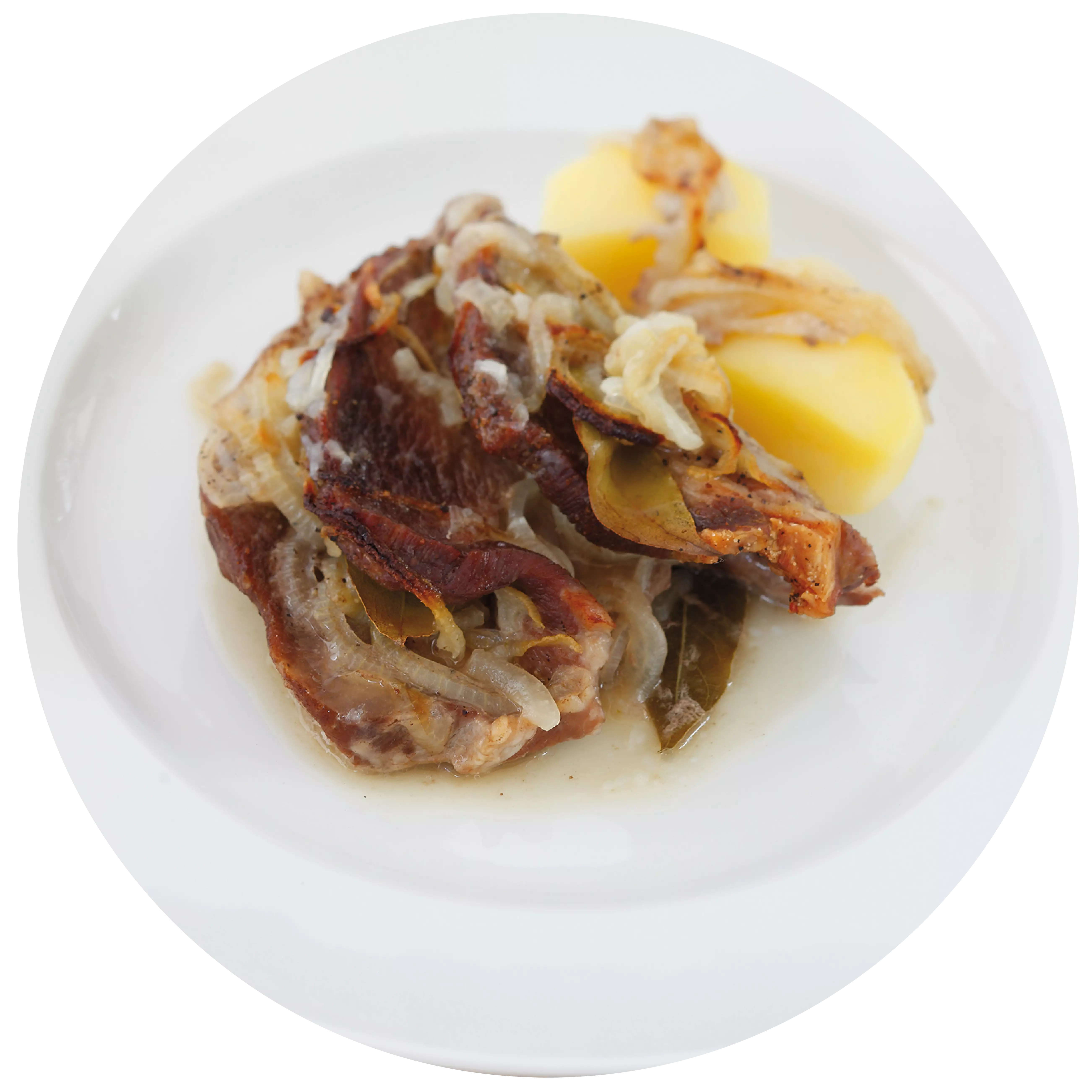
with herb crust Roast turkey
with herb crust
- 600 Gramm Putenbrust am Stücke
- 0,25 Liter Weißwein
- 0,25 Liter Gemüsebrühe
- 4 ganze Tomaten
- 4 Scheiben Toastbrot
- 2 ganze Eier
- 2 Stück Zwiebeln
- 75 Gramm geriebener Emmentaler
- 1 Stange Porree
- 1 Bund Schnittlauch
- 1 EL Olivenöl
- nach Belieben Salz & Pfeffer
Wash the meat, pat dry and cut a deep pocket lengthways. Crumble the toast. Wash and chop the herbs, peel and dice the onions.
<p
<p>Preheat the oven to 200°C (top and bottom heat). Place the bread, herbs, onions, cheese and eggs in a bowl, mix thoroughly and season. Stuff 2/3 of this mixture into the turkey breast. Pin the opening with wooden skewers and tie up crosswise with kitchen twine. Place the roast in a roasting tin and brush with oil.
Roast in the preheated oven for approx. 1 hour. Gradually pour in the white wine and vegetable stock.
<p
<p>Clean and wash the vegetables. Cut the leek into pieces and add to the roast with the whole tomatoes after 30 minutes.
About 20 minutes before the end of the cooking time, spread the remaining third of the herb mixture over the roast and finish cooking.
Arrange on plates with the vegetables and serve. Serve with rice.
- Pinot Gris (trocken)
- Chardonnay (trocken)
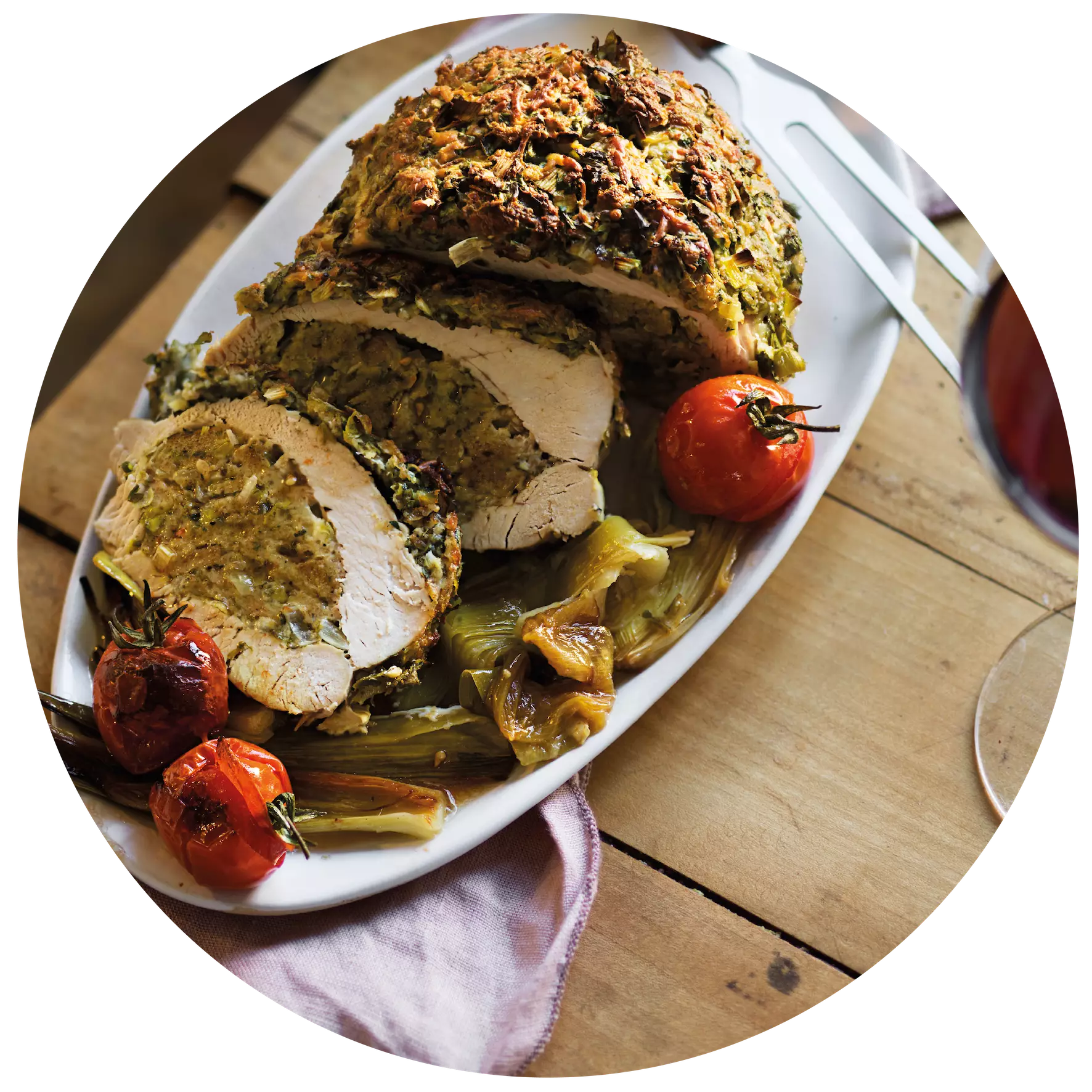
with ribbon noodles Coq au Riesling
with ribbon noodles
- 1 ganzes Huhn
- 0,4 Liter Riesling
- 0,2 Liter Sahne
- 1 kl. Glas Cognac
- 2 Stück Schalotten
- 1 Stück Knoblauchzehe
- 1 Stück Eigelb
- 1/2 Bund Petersilie
- 1 EL Mehl
- 50 Gramm Butter
- 1 EL Olivenöl
- nach Belieben Salz & Pfeffer
Carve the chicken. Heat approx. 50 g butter with 2 tbsp olive oil in a large frying pan and fry the chicken pieces until light brown (without the lid). Season lightly with salt.
Finely chop the shallots, peel and finely chop the garlic. Chop the parsley and add everything to the meat. Sauté briefly with the pan closed. Pour the cognac over the meat and light it (flambé). Deglaze with 1/3 litre of Riesling and leave to simmer for half an hour over a low heat. If necessary, add a little more wine and simmer for a further 10 minutes.
Remove the chicken pieces and keep warm for a short time. Mix 1 tbsp of flour with 1 egg yolk and the cream and whisk into the sauce. Flavour with salt and pepper. Return the chicken pieces to the pan. Serve immediately.
This goes well with tagliatelle.
Variant:Fry 150 g fresh mushrooms in 50 g butter and add.
- Riesling (trocken)
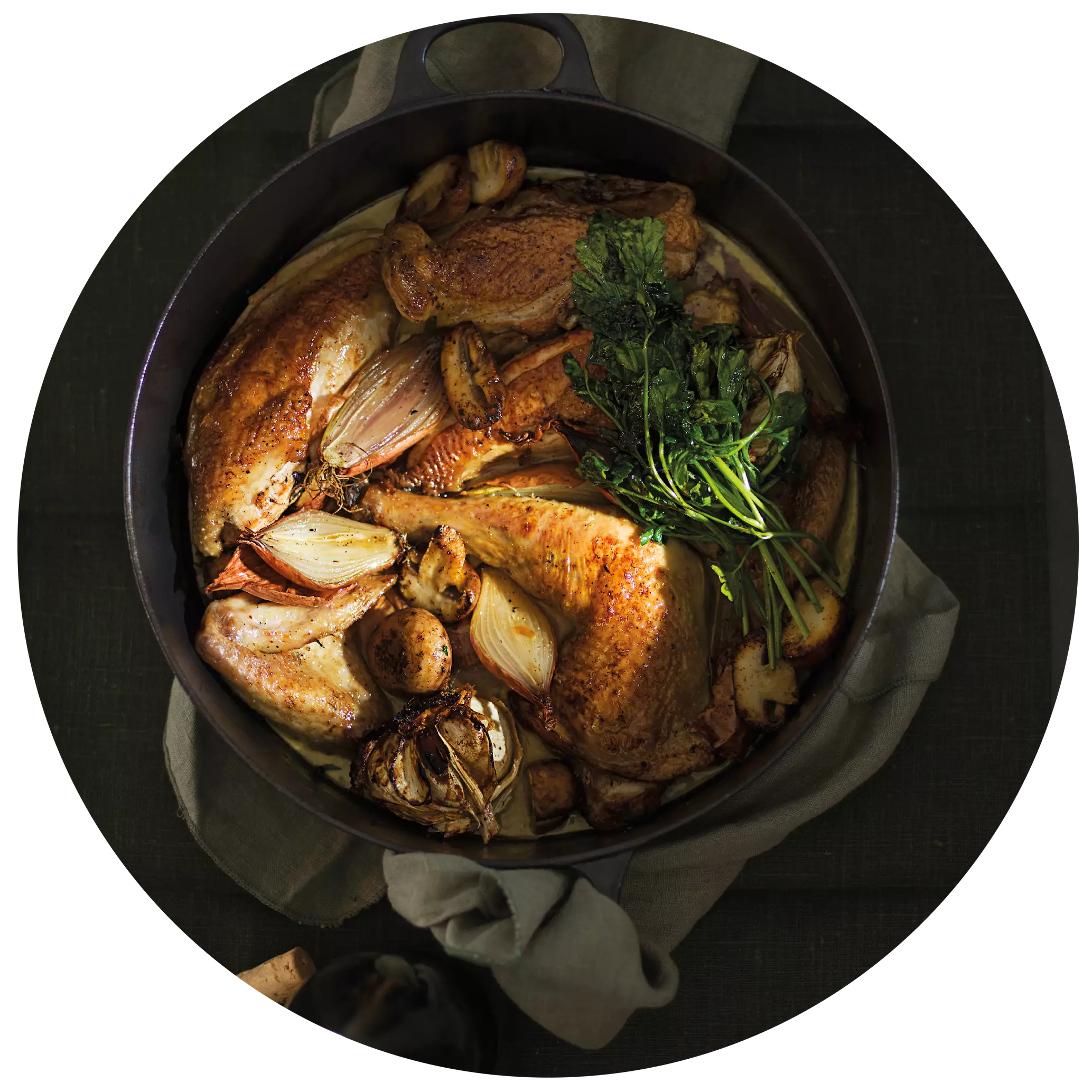
Teaser
Events
-
Show
winetasting in our winery - cheese & wine
Mainz-Hechtsheim


